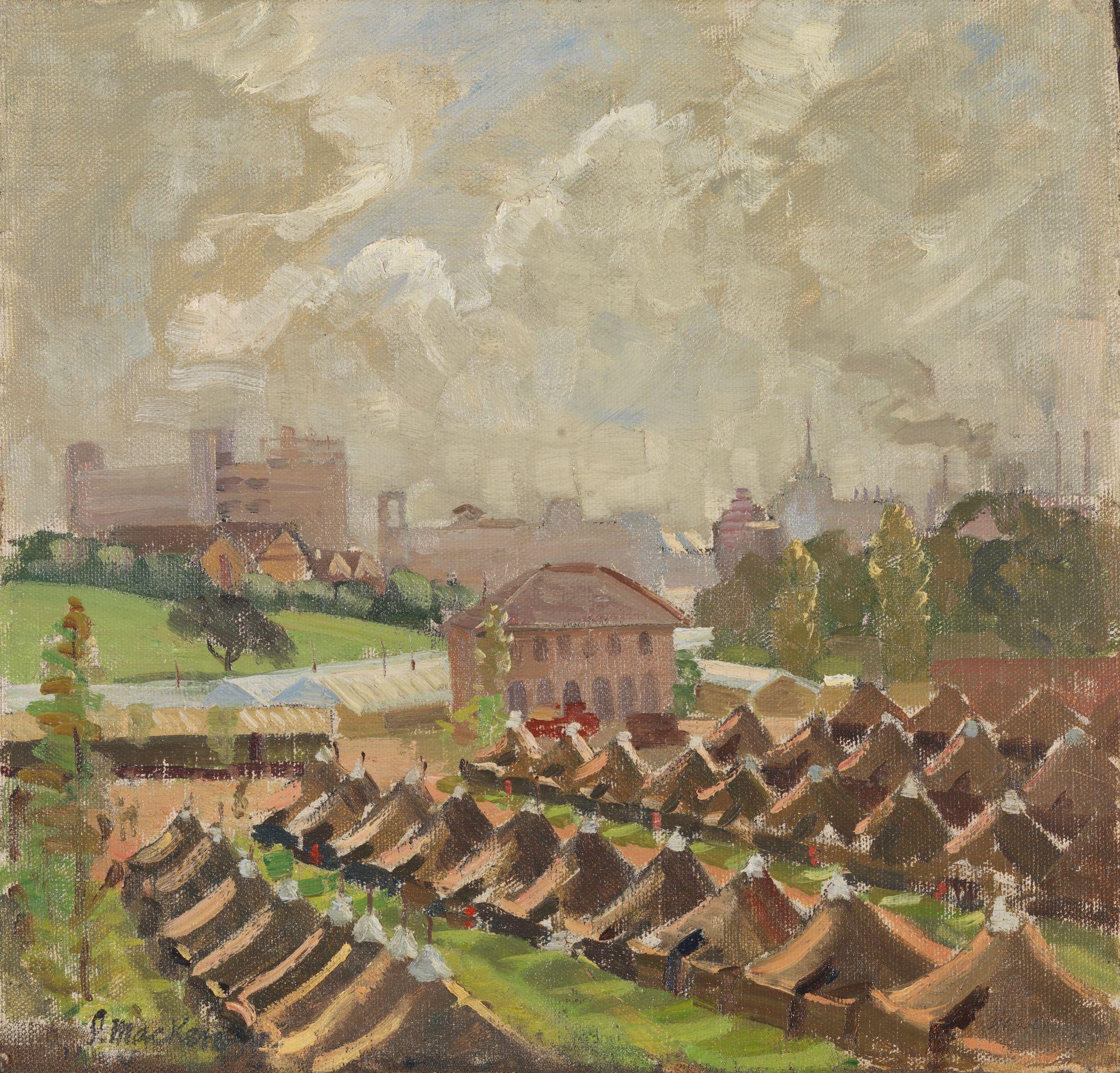Appointed lecturer in the art department at Sydney Teachers’ College in 1941, Isabel MacKenzie recalled that the cosy family atmosphere of the college changed dramatically once the Japanese had entered the war in December 1941.
Sydney Teacher’s College was co-located on the grounds of Sydney University where American Military Police units were billeted; their tents lined up in neat rows on the oval. In her memoirs, MacKenzie described the impact of the Americans on campus: the arrival of the ‘black tartar’ tents and the young girls with ‘luxuriant hair-dos’ who gathered at the oval’s edge to see them, standing so close to the fence that they practically ‘ate iron’.
The first contingent of American GIs had arrived in Brisbane on 22 December 1941. While most of the American forces were based in northern cities, Sydney became a main centre for leave. By early 1942, Sydney was on a war footing and tertiary institutions were not exempt. MacKenzie’s male students and colleagues began to enlist or were called up. The remaining students dug air raid shelters on the college tennis courts and lecturers made tea and meals for them. Staff learnt fire-fighting techniques, first aid and took turns guarding the college buildings at night. The college basement became the headquarters of the Civil Defence Force.
American MPs were charged with maintaining peace between American servicemen and the Australian population, in addition to guarding supplies in trains and at docks. Yet drunken riots and criminal offences inevitably occurred. In Sydney 1943, major brawls broke out at Bondi, Hyde Park (where 200 onlookers witnessed the fighting), and at Circular Quay.
It was hard to determine whether the MPs kept order, or contributed to the problem. Unlike local police, the US MPs carried guns; which Australians viewed with suspicion. These armed MPs, with their six-shooters hanging in holsters were deemed ‘gun-happy’ and out of place in Australian cities. Several accidental and sometimes deadly shootings were reported in the Australian press.
Elise Edmonds
Senior Curator, State Library of NSW
Sponsors
Works in Focus
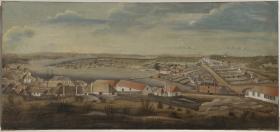
- Art and culture
‘A degree of neatness & regularity’: part of the Works in Focus series
Sydney — Capital New South Wales was painted around 1800 — its solid buildings and carefully laid out gardens refute the idea that it was a cesspit of depravity at a time when the city was associated with 'the awful depravity of human nature'.
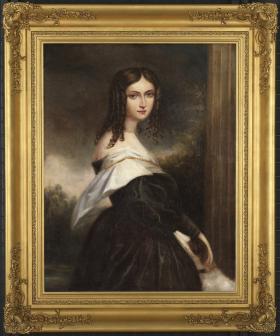
- Art and culture
After life: Maurice Felton’s portrait of 21-year-old Sophia
Looking at the portrait of this young woman, so full of life, you would never think it was painted after her death. But we know the sitter, posed so serenely in this picture, had died six months before it was exhibited at the artist’s Sydney studio. Part of the Works in Focus series.
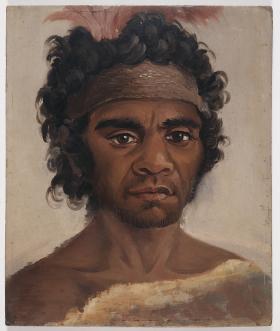
- History
An unknown warrior: mysterious portrait of an unknown, handsome young Aboriginal man
This mysterious portrait of an unknown, handsome young Aboriginal man is believed to have belonged to Governor Lachlan Macquarie, described as ‘One of the NSW Aborigines befriended by Governor Macquarie’. Part of the Works in Focus series.
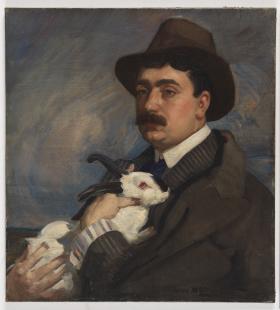
- Art and culture
A hint of eccentricity: a beautifully rendered, somewhat playful portrait
One of Australia’s most influential artists, George Washington Lambert (1873–1930), as part of the Works in Focus series.

